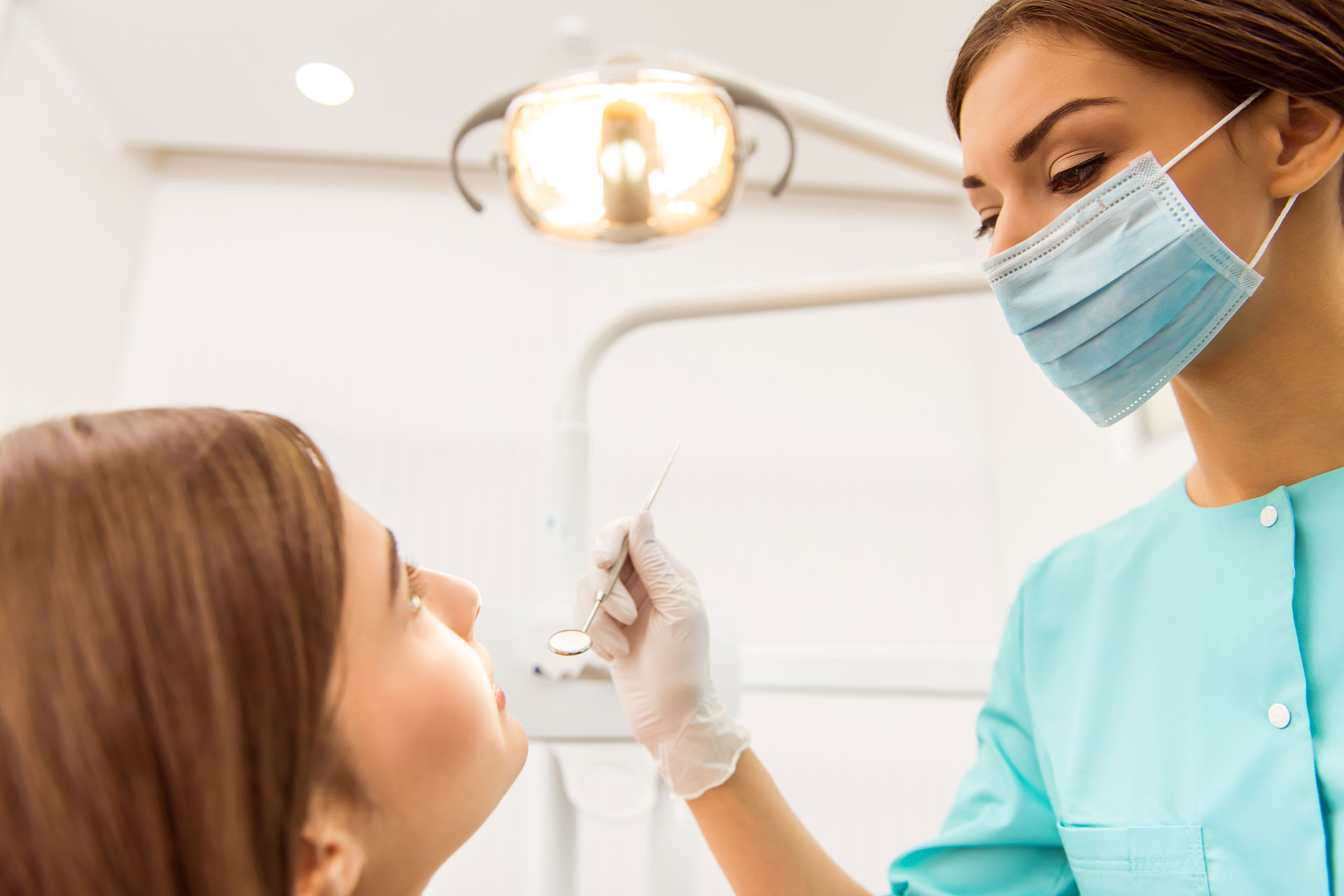Infections or damage to a tooth’s inner pulp can be treated using advanced root canal therapy. In order to preserve the tooth and stop additional harm or infection, this procedure eliminates the contaminated tissue and closes the affected area. It is carried out with sophisticated methods and equipment, frequently with the use of a microscope for increased accuracy and to manage challenging situations. A tooth that might normally require extraction can frequently be saved with this procedure.

Prior to Care:
We will thoroughly examine the damaged tooth before beginning your root canal therapy. This could consist of:
During the consultation, we’ll inquire about your symptoms, such as ongoing tooth discomfort, extreme heat or cold sensitivity, or gum swelling.
Imaging: To evaluate the root canal system and ascertain the degree of the infection, X-rays or 3D imaging will be obtained. This will enable us to see the areas that require treatment.
Instructions Prior to Treatment: To control discomfort prior to the procedure, we could suggest over-the-counter painkillers, depending on the extent of your infection. If sedation is necessary, you might also be requested to refrain from eating or drinking for a few hours before to the treatment.
In order to make sure you are comfortable and pain-free during the treatment, we shall numb the affected area with local anesthesia prior to beginning the process.
We will remove the infected pulp, clean the root canal system carefully, and then seal the area during the treatment. Advanced instruments, such as a dental microscope, will be employed if required to increase accuracy and guarantee that no infection is left behind.
Following Care:
It’s crucial to adhere to certain aftercare guidelines following your root canal procedure in order to encourage healing and avoid complications:
Pain management: Following the treatment, it’s common to feel a little sensitive or uncomfortable. To assist you deal with any discomfort that may arise after treatment, you might be offered painkillers. If necessary, over-the-counter drugs may also be utilized.
Refrain from Chewing on the Treated Tooth: For a few days, refrain from chewing on the side of your mouth that has been treated in order to give it time to heal correctly. When biting, use delicate pressure and only eat soft foods.
Follow-Up Appointments: To make sure the tooth is healing correctly and that there is no infection left behind, we will arrange a follow-up appointment. To restore the strength and functionality of the treated tooth, we might need to apply a crown.
Maintain your regular brushing and flossing routine, but take extra care around the treated area. Maintaining cleanliness will help prevent more infections.
Infection Symptoms: Keep an eye out for any indications of problems, such as excruciating pain, edema, or persistent discomfort. Get in touch with our office right once if you have any strange symptoms.
Long-Term Care: Although a root canal can save a tooth for many years, it’s crucial to keep up with routine dental examinations to keep an eye on the tooth’s condition. By strengthening and protecting the tooth, a crown can stop fractures and more deterioration.
You can lower the chance of issues and guarantee the best possible result by adhering to these pre- and post-treatment recommendations. Please don’t hesitate to contact our office with any queries or worries you may have while you’re recovering; we’re here to help.
Lorem ipsum dolor sit amet, consectetur adipiscing elit. Ut elit tellus.

“Welcome to Platinum Dentistry, where your smile is our top priority. Our expert team offers comprehensive dental care, specializing in general dentistry, endodontics, orthodontics, and cosmetic dentistry. We are dedicated to providing personalized care with state-of-the-art technology in a comfortable and welcoming environment. Whether you need routine cleanings, braces, a root canal, or a complete smile makeover, our skilled professionals are here to ensure you receive the highest quality treatment.
WhatsApp us